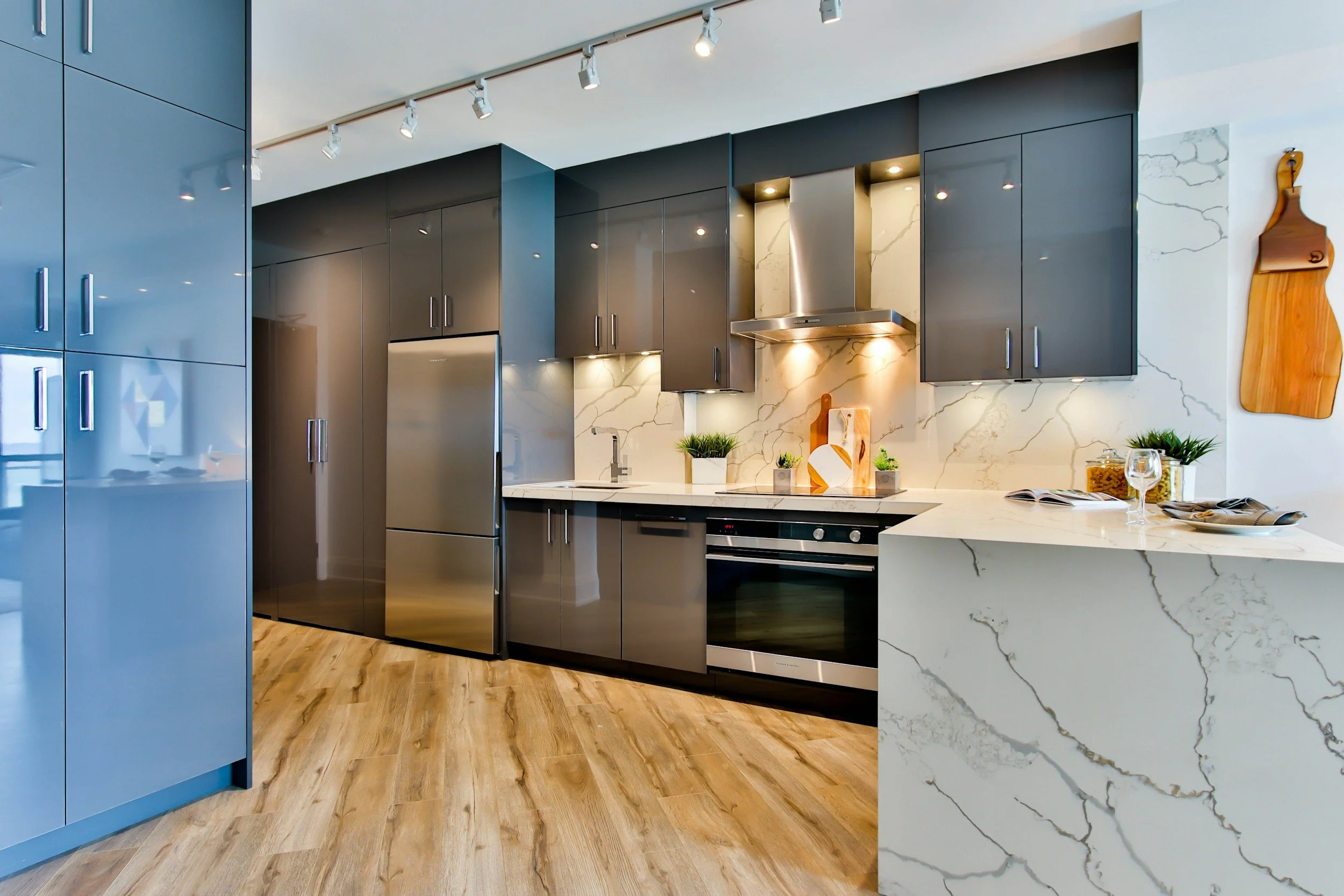
What is Aging in Place?
Most people choose to remain in their homes as they age. Homes that were comfortable and supportive in the past need to adapt and change, addressing our individual needs as we get older or face illness or disability. Among people aged 65 and older, falls are the number one cause of injury, often because their long-time home no longer works for them.
One in three older adults falls each year, with more than half of all falls occurring in and around the home.
Research shows that the optimal way to reduce fall risks for people at moderate to high risk of falls includes medication management, physical activity, and home modification.
What is Home Modification?
Home modification refers to converting or adapting the environment in order to make performing tasks easier, reduce accidents, and support independent living. Home modification, ranging from low-cost to more expensive adaptations, includes removing hazards, adding special features or assistive devices, moving furnishings, changing where activities occur and renovations. (USC citation)
What Are Some Typical Home Modifications?
• Safe entry/egress: ramps, vertical platform lift, outdoor stairlifts
• Managing stairs: handrails/stairlifts/elevator
• Bathroom redesign, renovation or modification with equipment
• Relocation of bedroom to another living area of the home
• Safe home/technology features
Our Work
Creating a Home for Life
An active middle-age couple wants to age-in-place and make their home accessible for themselves and for guests. They asked for solutions that will make the best use of their property, budget and long-term health considerations.
Should I Stay or Should I Go?
Homeowner with a significant disability after a stroke questions the cost-benefit of a full renovation vs. moving into a home that would suit his long-term, changing needs.
Are My Parents Safe At Home?
Concerned adult children who live out-of-town wonder if their mother with dementia and caregiving father are at risk for falls and are safe at home.






